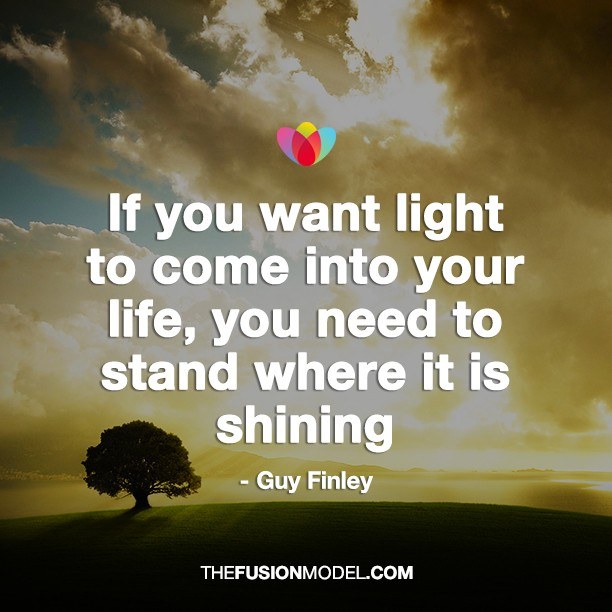Have you ever wondered why you feel more down in winter than summer?
Have you noticed less energy, disrupted sleep or low mood as the days shorten and the nights draw in?
Sheila came to see me in January complaining of depression, tiredness and lack of motivation.
‘This seems to happen every year,’ she told me. ‘I think I’ve noticed a pattern to it. When the clocks change in October and the nights get darker, I struggle to stay on top of things. I seem to drag myself through Christmas but by January I’ve run out of steam. Do you think I’m bipolar?’
As a psychotherapist, I find my workload increases after Christmas. As the days grow shorter and the hours of darkness longer, it is not uncommon to find my phone is ringing more often in January and February.
We’ve known for a long time that Seasonal Affective Disorder or SAD (1) is a reality for many people. Some are aware of the seasonal connection to fluctuations in mood and energy levels while others remain unaware of the repeating pattern.
We are all solar powered
For some time, we’ve known that full-spectrum light enters the retina of the eye and is then transferred into the brain where it has an immediate impact on your serotonin level. Serotonin is your feel-good hormone.
Full spectrum light is measured in units called lux. I had previously worked on the understanding that we receive 50 to 100 lux in doors, 7000 outdoors on an overcast day and up to 20,000 lux on a sunny day!
These figures are certainly impressive but, it turns out, they are not up to date!
The Neuroscience
Russell Foster is Professor of Circadian Neuroscience and head of the Department of Opthalmology at Oxford University.(2)
His research interest spans both visual and circadian neurobiology with his main focus on the mechanisms by which light regulates human body rhythms.
He says;
‘All life on Earth has evolved under a rhythmically changing cycle of light and darkness and all organisms from single celled bacteria up to man possess an internal representation of time.
The body’s clock is relatively insensitive to light, and to keep body time alliance to day and night requires considerably more light than is needed to read. In the absence of a strong light- setting cue, our clocks will drift and become de- synchronized with the 24 hour day.’
Professor Foster’s research astonishingly now shows the actual units of light received by the human eye are 100-300 indoors, 7000-10,000 outdoors on an overcast day and up to 100,000 at noon on a sunny day.(3)
The implications for mood and energy levels are extraordinary.
It seems lack off light can disrupt the internal body clock, shifting sleep patterns and leading to potential health problems too. These can include low mood, depression and lack of energy.
This also explains why night shift workers can have problems with sleep, poor vigilance, increased risk of accidents together with possible digestive and heart problems. There is also an additional possible link with early onset diabetes.
The big message for us is that being outdoors is much better than being inside even when the weather is poor. Yet, what do we all do when winter comes? We hibernate and wonder why we feel down and tired.
No such thing as bad weather: One simple tip to beat Seasonal Affective Disorder
The answer is clear and is something I recommend to each and every client I see;
Every day, you must get outdoors to enjoy the benefits of full spectrum light.
Go for a walk. You need to be outside for at least twenty minutes to get the ‘lux effect’. If you have a dog, you have a perfect excuse. If you can walk in a green space, even better. It’s what we now refer to in professional circles as ‘eco therapy.’
And if you don’t feel like going out, that’s the very best time to get out there.
Lots of people say ‘I’ll do it when I feel better’, but actually doing it makes you feel better.
So give it a try. Now you have the underpinning research, why wouldn’t you?
And, unlike taking antidepressants, there’s no side effects! Even if it’s raining, as the saying goes, ‘there’s no such thing as bad weather, just the wrong clothes.
Enjoy your walk!
1. www.sad.org.uk/
2. www.neuroscience.ox.ac.uk/research_directory/e-l/russell-foster




